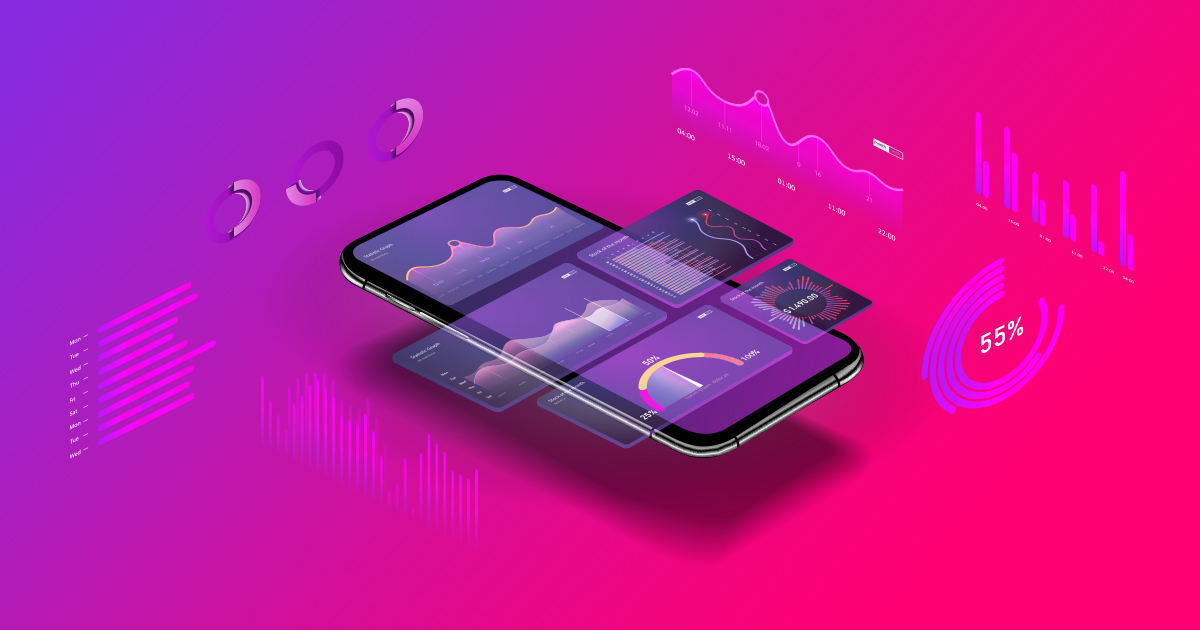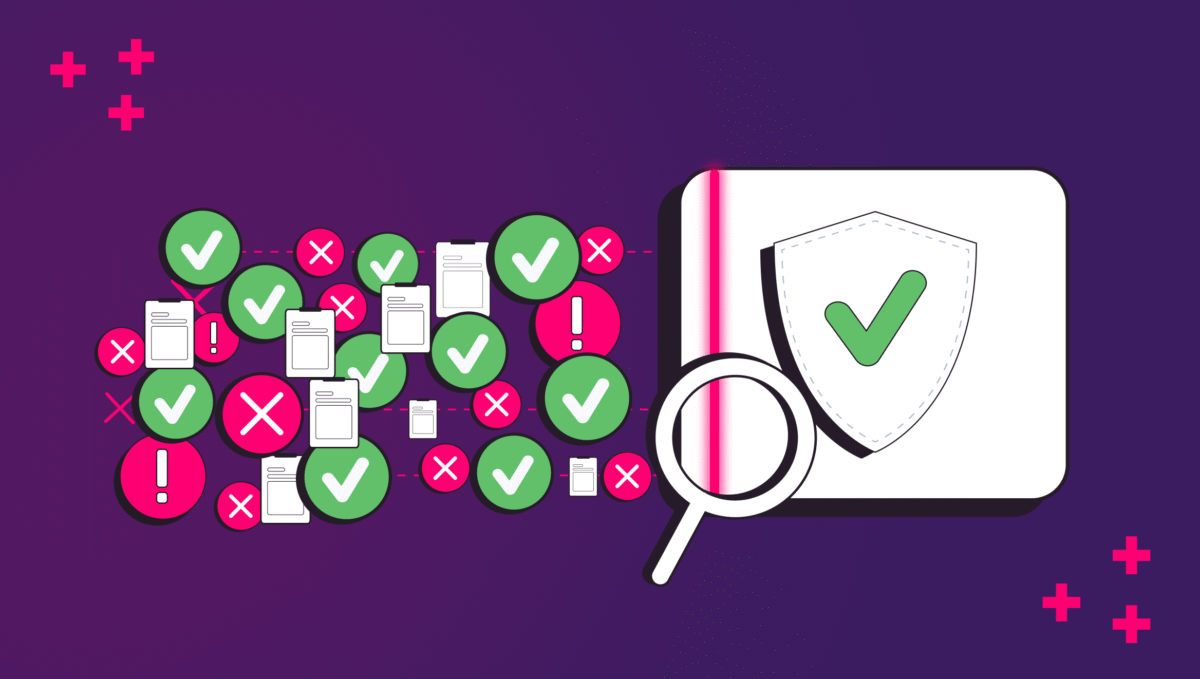Why BI Systems need Cybersecurity Protection
Kerry Coppinger
|Data & Analytics | February 03, 2022

When many people think about cybersecurity, images of malicious bot attacks, financial fraud, and infamous data breaches come to mind. You can probably recall a recent news story or two where a large corporation fell victim to hackers and scammers, and customers went into a panic. In fact, it has become widely accepted that organizations that are at particular risk for these types of threats need to implement cybersecurity. Many even hire Chief Information Security Officers and entire teams of IT professionals for this specific purpose.
Try to think about some industries that might need to prioritize cybersecurity. The first sectors that come to mind might be banks or accounting firms since they handle large sums of money, or maybe you’re thinking of massive tech companies that house data for millions of users.
But did your current company come to mind?
Experts say it should. Today, Invalid Traffic (IVT) makes up about 40% of all internet traffic. This means that organizations do not need to be targeted victims of malicious attacks in order to be affected by bots and fake users. Click farms, automation tools, spambots, and even innocuous scrapers and crawlers frequently make their way to all types of websites and online stores.
For this reason, invalid traffic is not a “you” problem; it’s everyone’s problem.
Furthermore, in today’s world, all business decisions are made based on data. Whether a company is looking to expand into a new market, add a product offering, grow its team, or predict revenue – business intelligence accuracy is essential. But when bots and fake users are present, that data is skewed, and pivotal decisions are made based on bad data.
With all of that in mind, let’s explore some reasons BI systems and analytics tools need to be protected with cybersecurity.
Your source of truth needs to be trusted.
This statement sounds obvious, but the reality we see today is much different. Have you ever looked at traffic reports on two different platforms and seen completely different results? Or maybe you thought you had thousands of leads converting on your site only to discover half of them were spam. Or what if you were reporting on the success of a recent campaign only to discover the metrics you were looking at weren’t adding up? When these things happen, the databases that we rely on so heavily can’t be trusted, and organizations become completely disorganized because of it.
Timing is everything.
When it comes to bots and fake users, some are easier to detect than others. A massive spike in traffic from atypical sources or locations might raise a red flag to analysts, and an investigation would likely ensue. But sometimes malicious users behave in similar ways as customers do and might go undetected for quite some time. Or what if just a small percentage of your traffic was skewed by scrapers and crawlers, but your team was counting that human traffic and measuring KPIs against it? Oftentimes, by the time these issues are uncovered, it is too late, and critical business decisions have already been made. That’s why it’s important to take a more proactive approach and monitor this behavior before it loses control.
Analysts are not CISOs.
An organization could have the most talented, data-driven, and meticulous team of analysts. But bots and fake users are everywhere, and in most business intelligence systems, they are not separated from genuine users. Even the most sophisticated platforms that provide detailed reports and insights can typically not identify Invalid Traffic (IVT). They weren’t designed to. Up until recently, cybersecurity was viewed as a job for the CISO, not the analyst – but that perspective is quickly shifting. As we now know, cyber threats impact everyone, and all teams can be affected. If you’re interested in learning more about how data & analytics teams can apply cybersecurity techniques, contact our team today and book a demo.














